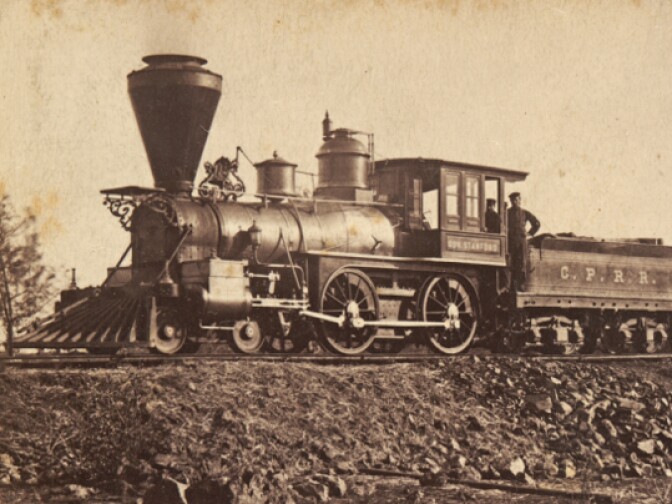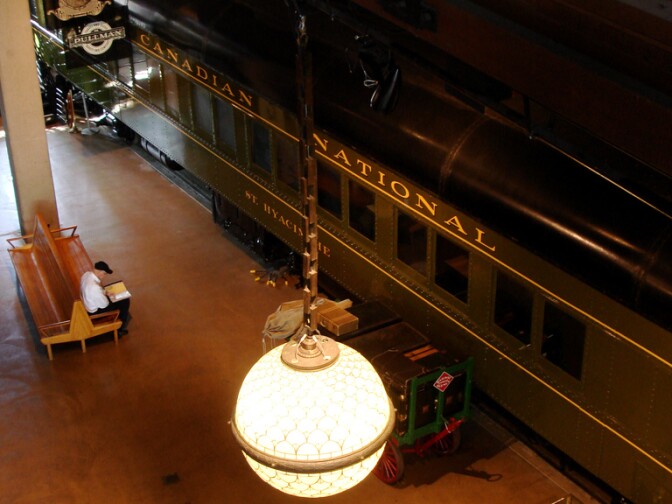In January of 1845, New York merchant Asa Whitney proposed an outrageous idea to the U.S. Congress: the construction of a railroad spanning two-thirds of the country from Lake Michigan to the Pacific Ocean.
The dream of a transcontinental railroad grabbed the nation’s attention and imagination, both of which became focused on the American West. Eventually, this led to the era of Manifest Destiny during the 1860s.
The railroad symbolized more than just transportation, it also effectively transformed America from a pre-agrarian society to one that would soon embrace industry and manufacturing. What were the implications of the transcontinental railroad on the country’s workforce, economy, indigenous peoples, immigration policy and on our own ideas about travel, leisure and nationhood?
To examine these questions, as well as the lives of those who imagined, invented and worked on the burgeoning railways, The Huntington is mounting an exhibition, “Visions of Empire: The Quest for a Railroad Across America, 1840-1880,” which runs from April 21 through July 23 in the Mary Lou and George Boone Gallery.
Guests:
Peter J. Blodgett, H. Russell Smith Foundation Curator of Western Historical Manuscripts at the Huntington and curator of “Visions of Empire: The Quest for a Railroad Across America, 1840-1880”
William Deverell, Professor at University of Southern California and Director of the Huntington-USC Institute on California and the West at The Huntington Library, Art Collections, and Botanical Gardens
Janet Fireman, Editor of the journal “California History” at the California Historical Society, Adjunct Professor of History at University of Southern California and Curator Emerita at Natural History Museum of Los Angeles County




